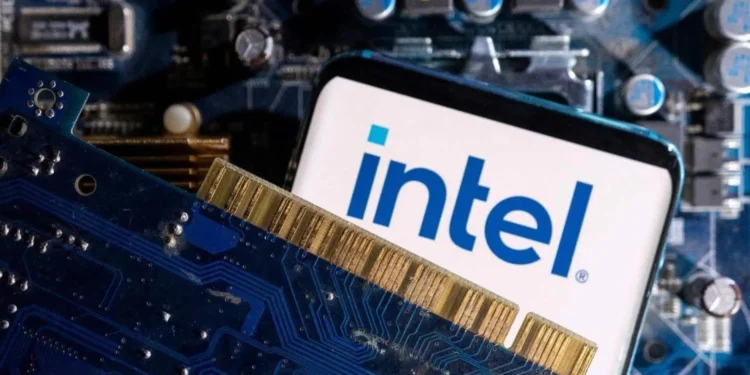“The last few years have not been kind to Intel,” Gates remarked in a revealing interview with the Associated Press. He nostalgically recalled the significance of Intel’s innovations, like the Intel 4004, which marked the dawn of the microprocessor era—a key component that helped launch personal computing and, by extension, Microsoft itself.
However, the recent decades have been less generous to Intel. The company has faced numerous setbacks, including significant delays in advancing from 14nm to 10nm chip processes, and an even more troubled transition to 7nm technology. These delays have allowed competitors like AMD, Nvidia, and TSMC to forge ahead, not only in market share but also in technological leadership.
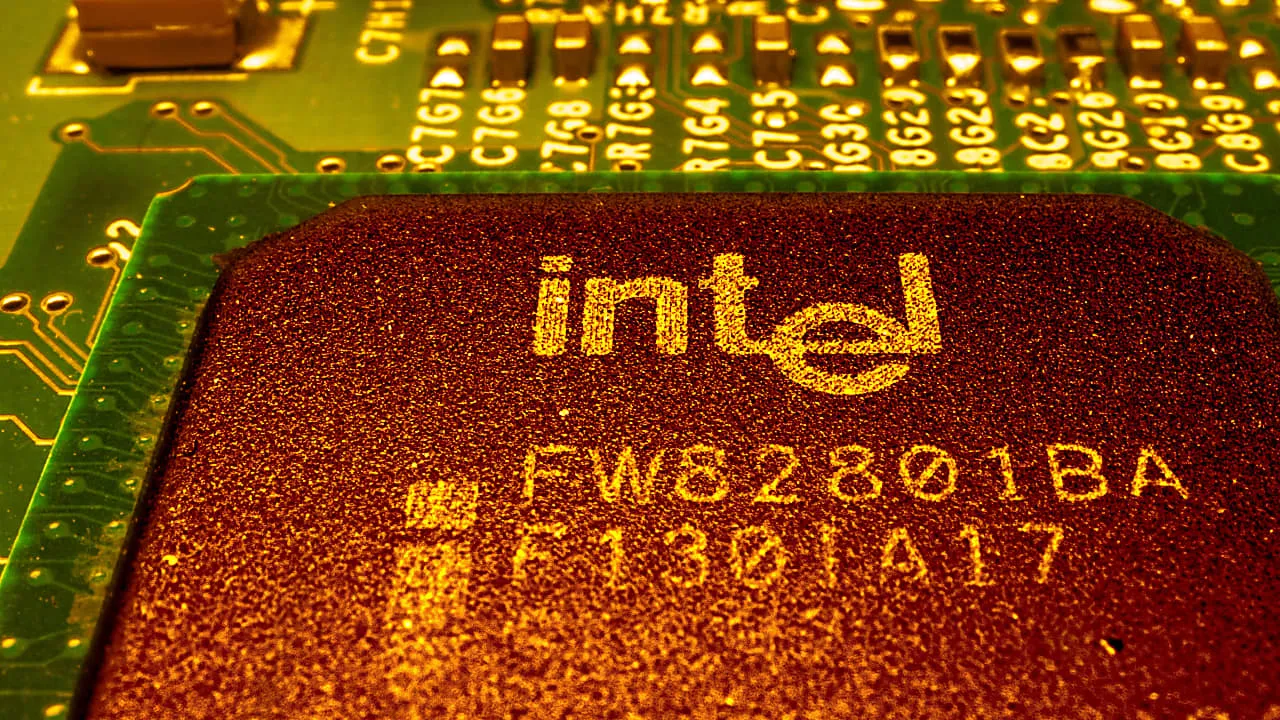
Behind in Innovation and Design
Bill Gates expressed a poignant disappointment in Intel’s recent performances, stating, “I am stunned that Intel basically lost its way.” He reminisced about Gordon Moore, Intel’s co-founder, whose principles once kept the company at the forefront of technology. “And now they are kind of behind in terms of chip design and they are kind of behind in chip fabrication,” Gates added.
The competitive edge that Intel once enjoyed has been blunted by a series of strategic missteps and external challenges. Competitors have not only surpassed Intel in standard computing realms but have also taken the lead in the burgeoning field of AI chip technology—a sector where Intel seems to have missed critical opportunities.
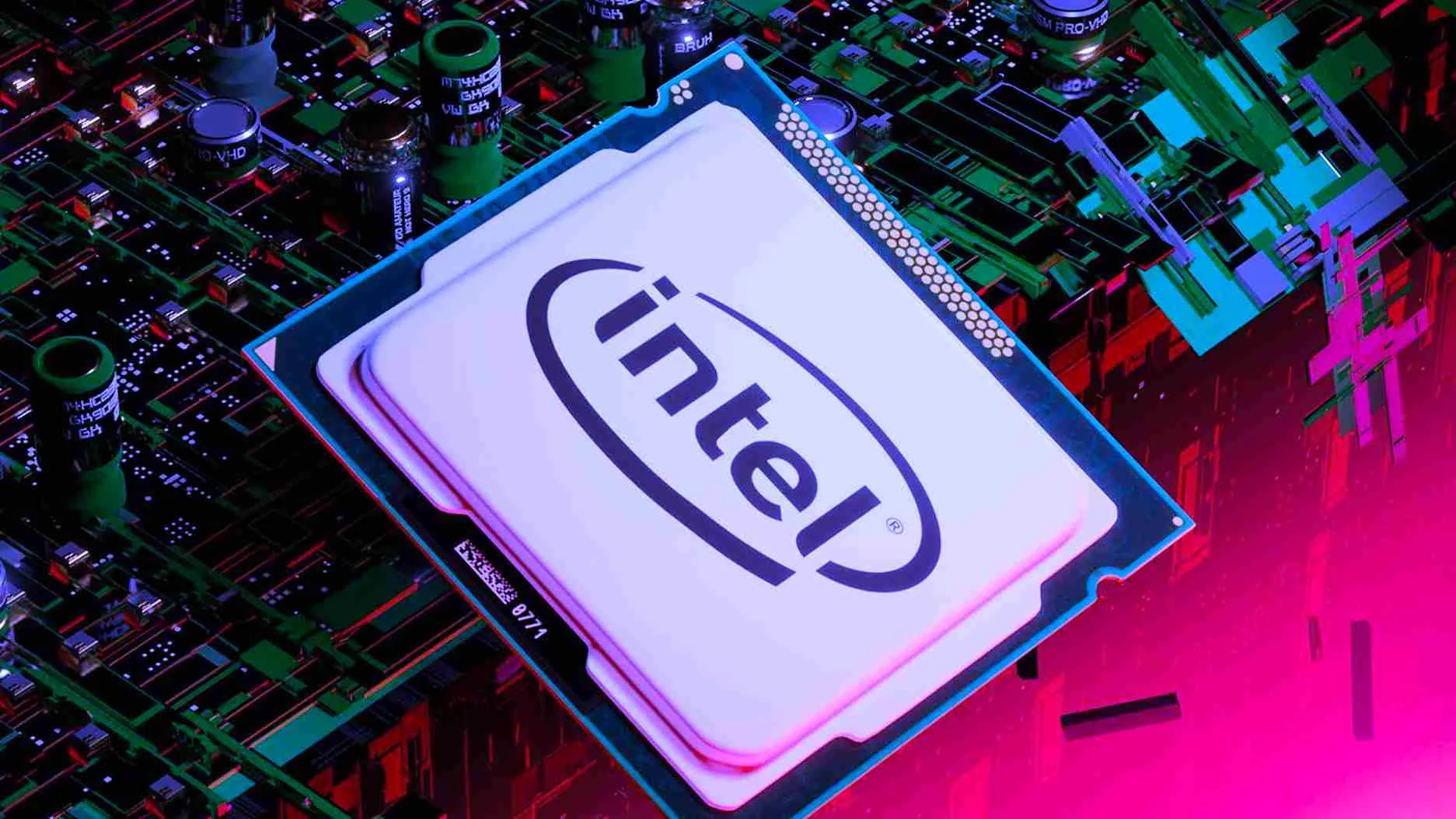
Praise for Leadership Amid Struggle
Despite the grim overview, Gates did not withhold praise for Intel’s former CEO, Pat Gelsinger, acknowledging his bold attempts to rectify the company’s course. “I thought Pat Gelsinger was very brave to say, ‘No, I am going to fix the design side, I am going to fix the fab side,'” Gates noted. His leadership was a beacon of hope for Intel’s recovery, emphasizing the broader implications for the U.S. tech landscape.
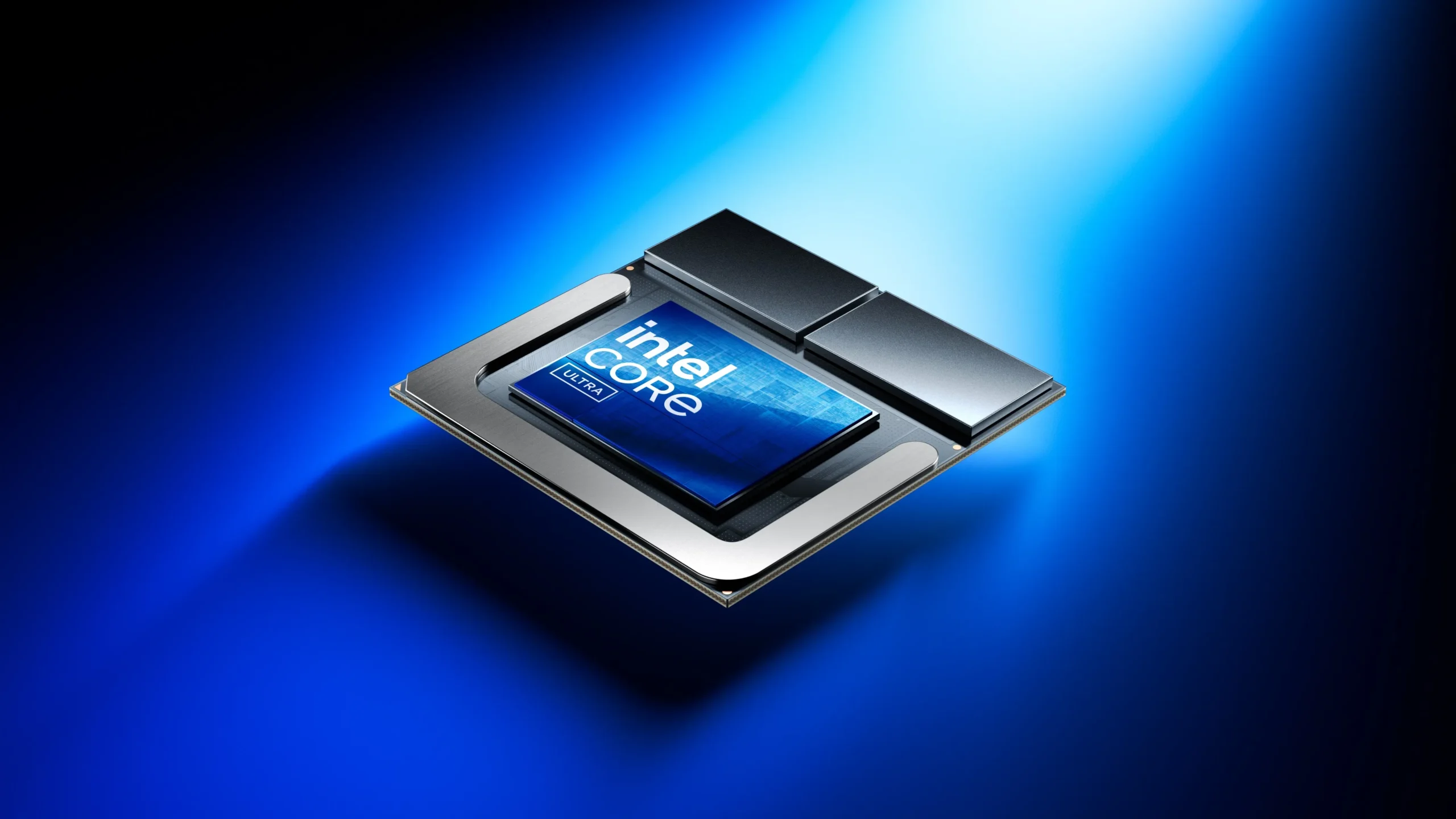
The Road Ahead: Recovery or Obsolescence?
Looking forward, Intel’s path is fraught with challenges. The company continues to lose ground in the consumer CPU market, as evidenced by AMD’s dominance in sales charts and consumer preferences. Rumors of potential buyouts and the critical need for substantial investment in fabrication capabilities further complicate Intel’s recovery efforts. Gates concluded on a somber note, reflecting on the possibility of Intel’s resurgence, “I hope Intel recovers, but it looks pretty tough for them at this stage.” His words not only underscore the uncertain future of a once-dominant force but also highlight the relentless pace of innovation that defines the tech industry.
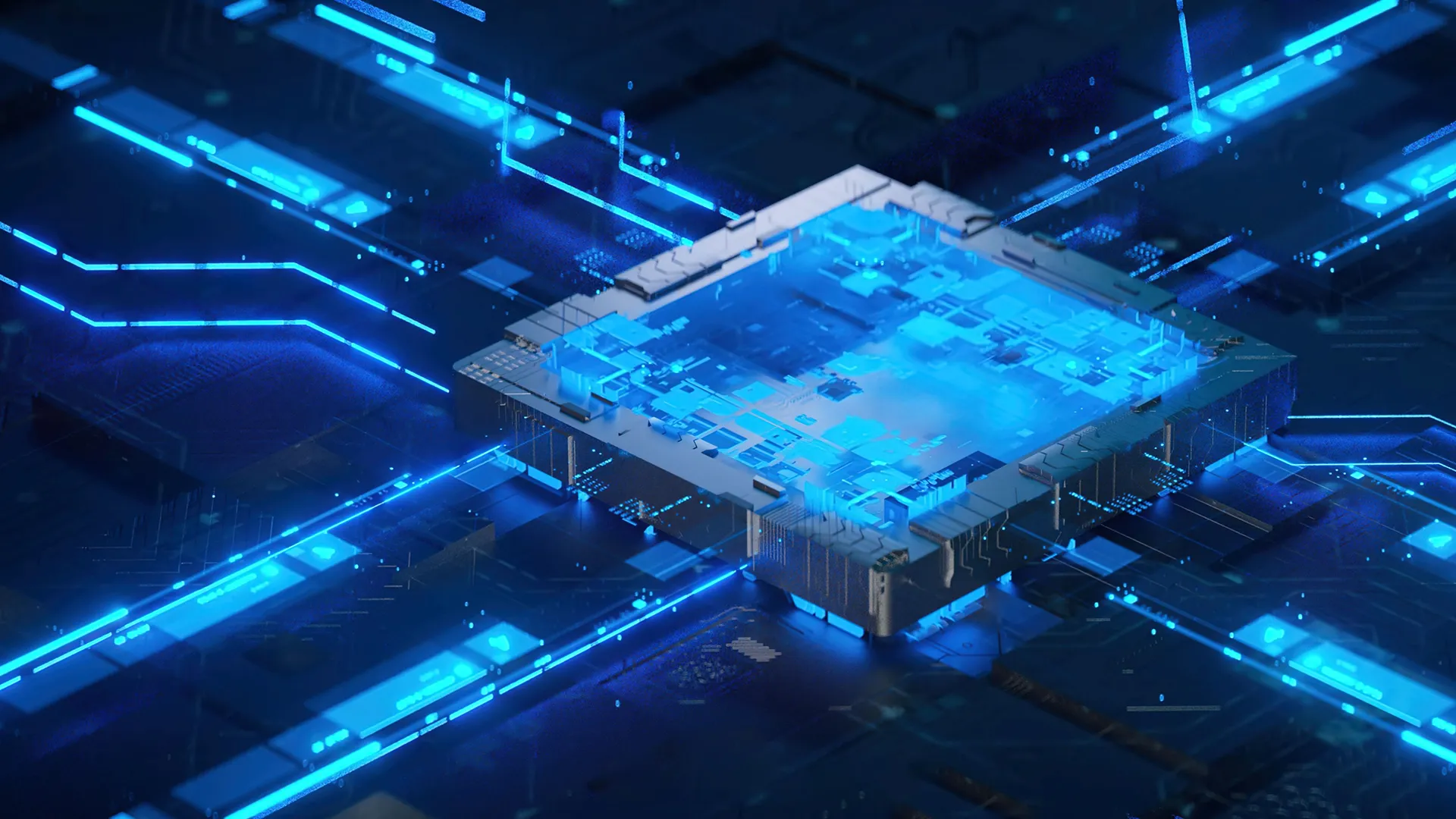
Intel’s story is a stark reminder of how quickly the tables can turn in the technology sector. As the company grapples with its strategic missteps and intensifying competition, the industry watches closely. Will Intel manage to reclaim its former glory, or is its story one of a giant that could not adapt swiftly enough? Only time will tell, but the insights from tech visionaries like Bill Gates provide invaluable perspectives on the challenges and opportunities that lie ahead.

